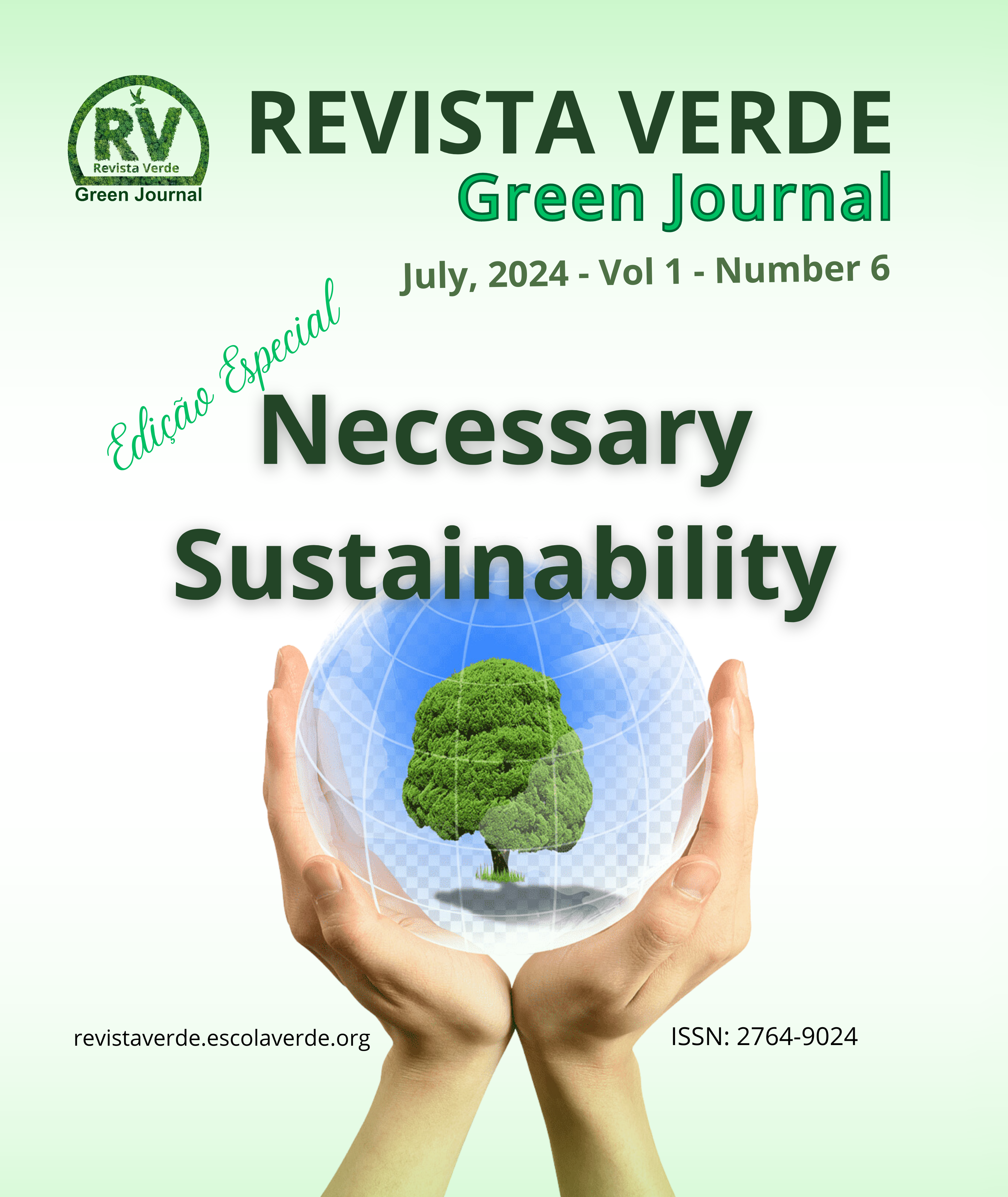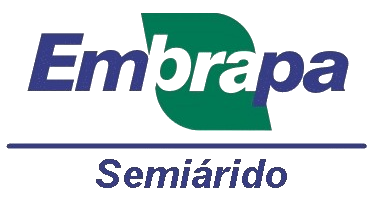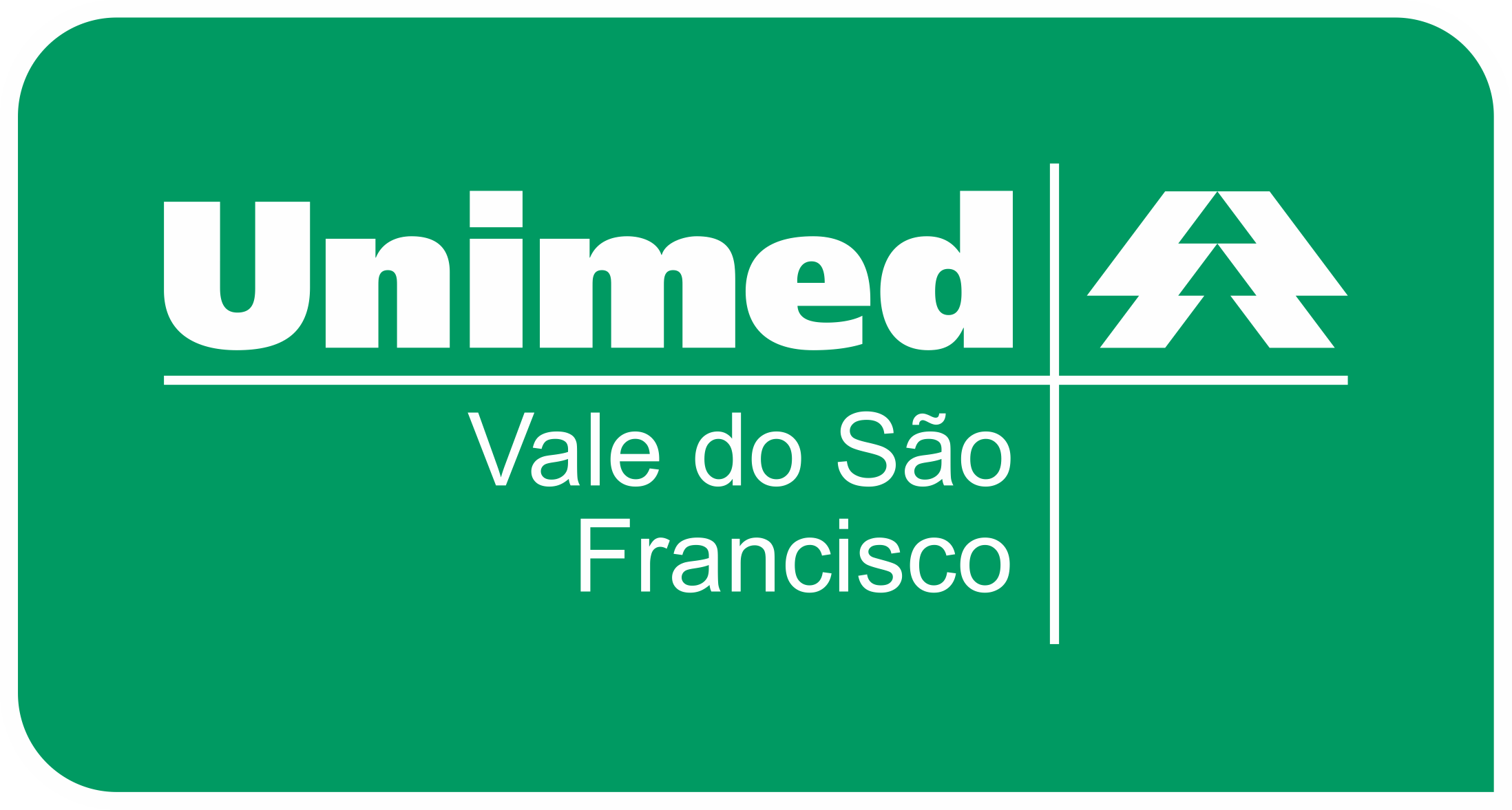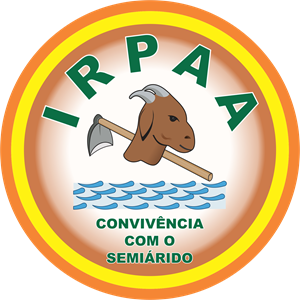Urban legislation and the right to the city
a study of the municipal master plan of Petrolina
DOI:
https://doi.org/10.5281/zenodo.12786280Keywords:
urban legislation, municipal master plan, production of urban spaceAbstract
Urban legislation is an important instrument for regularizing the use and occupation of urban land, as well as enabling the application of urban restructuring policies throughout the national territory. At the municipal scale, the legislation provides for the formulation of the Municipal Master Plan so that the principles and instruments stated can be implemented in all municipalities with a population above twenty thousand inhabitants. This research seeks to analyze the formulation of Brazilian urban legislation concerning instruments for regularizing the use and occupation of urban space, as well as understand the Participatory Territorial Master Plan of the municipality of Petrolina and its viability as a planning mechanism for the growth and development of the city. Bibliographical research was used as a methodological guide using a reference focused on the study of legal instruments and the city's production, as well as field research where a photographic survey of the study area was carried out. These analyses were guided by the method of Dialectical Historical Materialism, which allowed us to understand the socio-spatial implications based on the actions of the various agents of the city's spatial production. The constitutional text requires the creation of specific municipal legislation, to this end, the mandatory construction of master plans that incorporate its principles was necessary. In Petrolina, despite the Municipal Master Plan existing since 2022, its inability, as a regulatory instrument, to resolve some historical problems existing in the city and, in this way, prevent future problems by ensuring that the use of urban space occurs within standards. That enables quality of life and conservation of the environment. There is also a significant increase in unstructured neighborhoods lacking basic services for the population.
Downloads
Downloads
Published
Issue
Section
License
Copyright (c) 2024 Green Journal

This work is licensed under a Creative Commons Attribution-NonCommercial-NoDerivatives 4.0 International License.


































